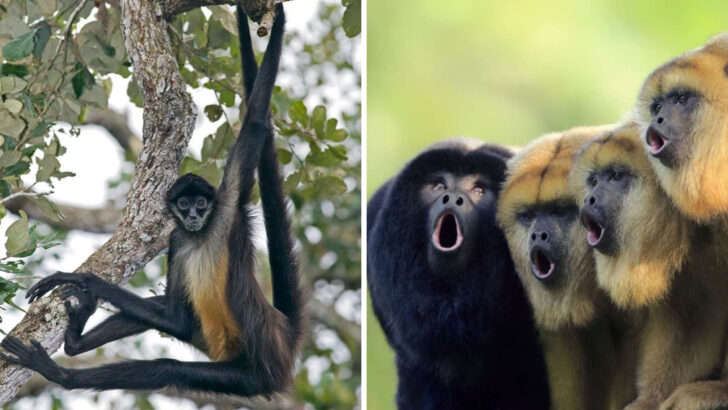The Amazon Rainforest isn’t just a forest—it’s a living, breathing miracle of nature. Packed with jaw-dropping creatures and a vibrancy you can’t find anywhere else, it’s a place where the wildest animals roam free and the unexpected happens every day.
From stealthy predators to vibrant, colorful birds, each animal here holds a critical piece of the rainforest’s complex puzzle. Without them, this precious ecosystem wouldn’t be what it is today.
So, if you’re ready for an adventure into one of the most astonishing places on Earth, join us as we explore 30 wild and wonderful animals that make the Amazon their home. These creatures don’t just survive—they thrive, and they leave a lasting impression on anyone lucky enough to encounter them. Get ready to be amazed!
Jaguar
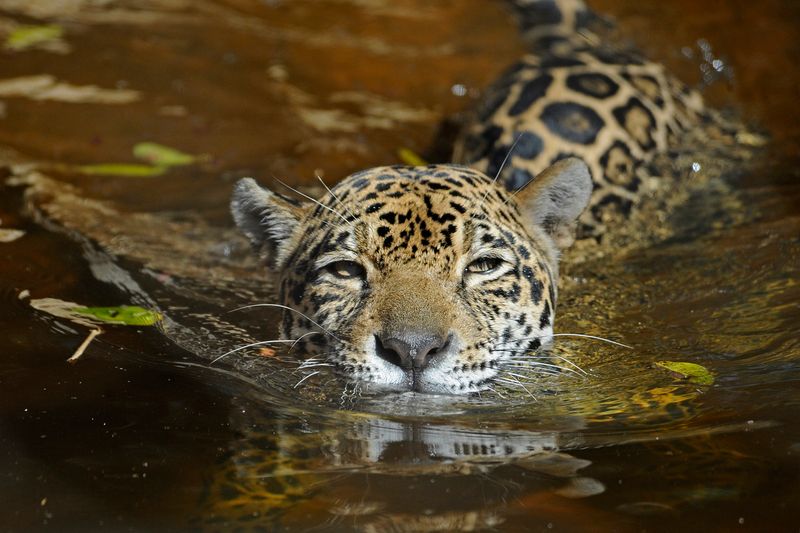
The jaguar, a symbol of power and strength, is the largest big cat in the Americas. It roams the Amazon rainforest in search of prey, its muscular body and strong jaws making it a formidable hunter.
Jaguars often hunt alone, relying on their stealth and power to ambush deer, capybaras, and other animals. Their beautiful rosette-patterned coats blend seamlessly with the dappled shadows of the forest, offering perfect camouflage.
Jaguars are also excellent swimmers, often seen navigating rivers with ease. These solitary creatures are vital for maintaining the balance of ecosystems, controlling the population of other species.
Poison Dart Frog
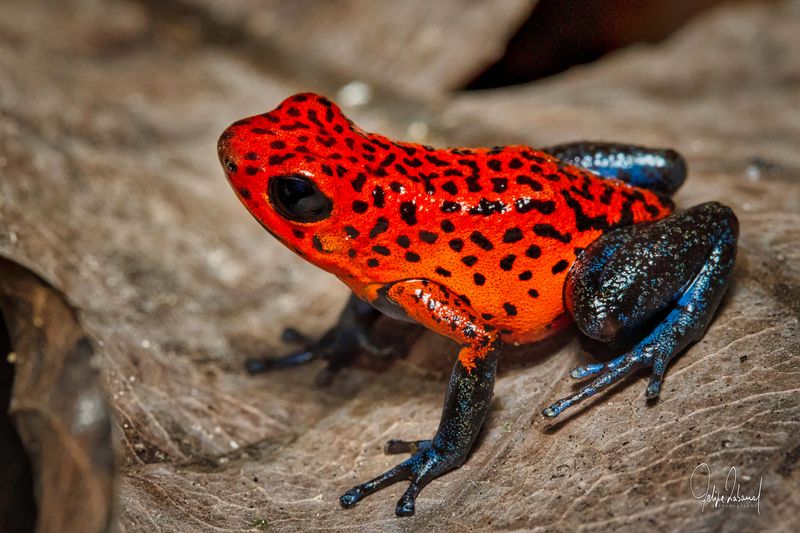
Poison dart frogs are tiny, yet their impact on the Amazon rainforest’s ecosystem is significant. Known for their vibrant colors, these little amphibians use their striking hues as a warning to predators about their toxicity.
The bright blues, reds, and yellows serve as a natural deterrent. Inhabitants of the humid forest floor, poison dart frogs are often found near water sources, where they lay their eggs.
Their toxic skin is a defense mechanism that protects them from becoming prey. Despite their size, they are a crucial part of the food web, providing insight into the health of their environment.
Harpy Eagle
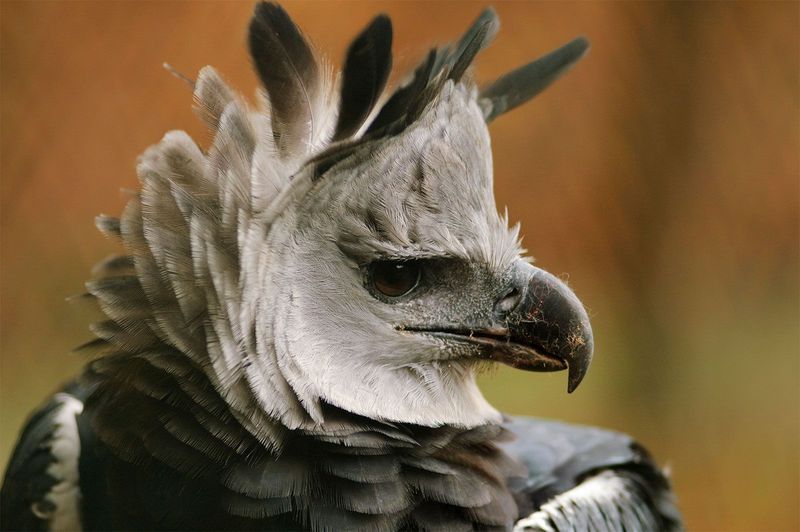
The harpy eagle is one of the most powerful birds of prey in the Amazon. With a wingspan that can reach up to seven feet, it soars effortlessly above the canopy, its keen eyesight allowing it to spot prey from great distances.
Harpy eagles primarily feed on monkeys and sloths. Their incredibly strong talons can exert tremendous pressure, making them formidable hunters. Perched high in the trees, they build large nests to raise their young.
These majestic birds play an essential role in the ecosystem by controlling the population of arboreal mammals, ensuring the rainforest remains balanced.
Amazon River Dolphin

The Amazon river dolphin, also known as the pink river dolphin, is a unique and captivating inhabitant of the Amazon’s waterways. Their pink hue becomes more vivid with age, a trait that sets them apart from other dolphins.
These creatures are highly intelligent and social. They navigate the river’s murky waters using echolocation, hunting for fish, turtles, and crustaceans. River dolphins play a significant role in maintaining the health of aquatic ecosystems.
Observing these charismatic animals in their natural habitat is a reminder of the diversity and wonder of the Amazon.
Green Anaconda
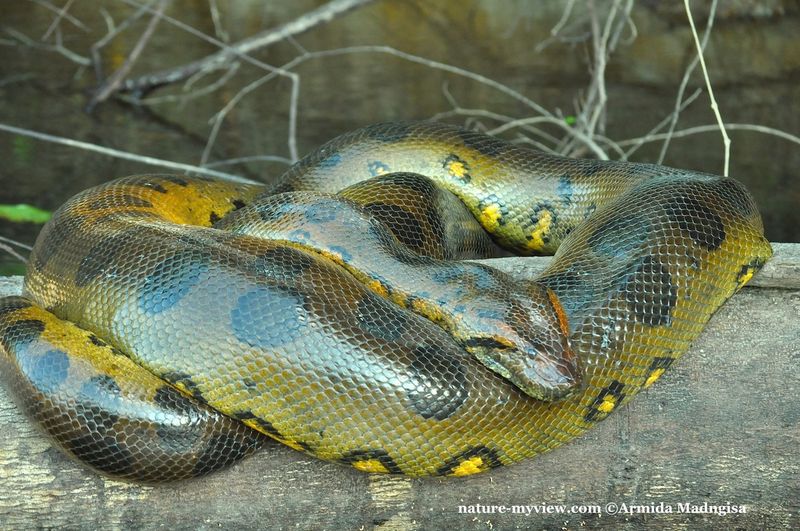
The green anaconda is the largest snake in the world, found slithering through the Amazon’s swamps and rivers. These powerful constrictors can grow up to 30 feet long, preying on a variety of animals, including fish, birds, and even small mammals.
They spend much of their time in water, where they are stealthy and agile hunters. Anacondas use their massive size to constrict their prey, suffocating them before consumption.
Their presence in the ecosystem helps regulate the populations of their prey, maintaining a balanced environment. Observing an anaconda is both an awe-inspiring and humbling experience.
Capuchin Monkey
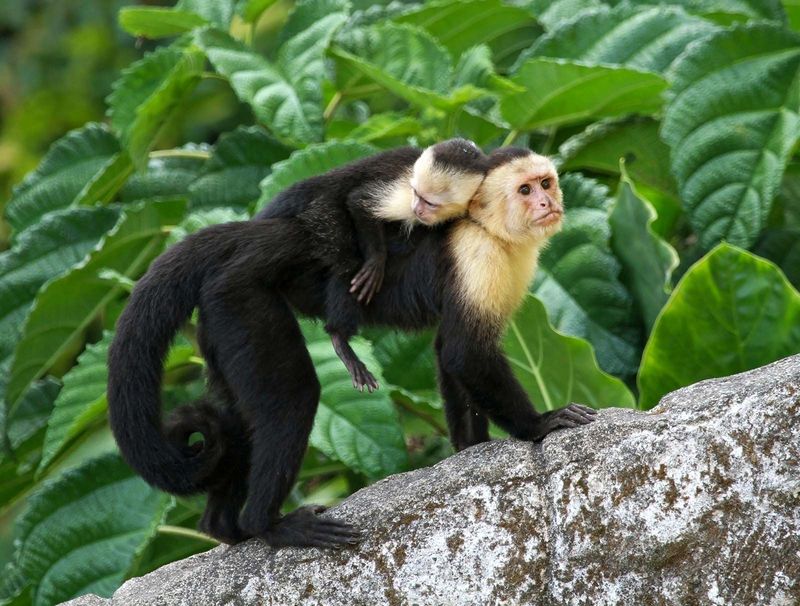
Capuchin monkeys are among the most intelligent and adaptable primates in the Amazon. These small but clever creatures use tools to forage for food and crack open hard nuts. They live in social groups, communicating through a complex system of vocalizations and gestures.
Primarily arboreal, they spend most of their time in the forest canopy, foraging for fruits, insects, and small vertebrates. Their playful nature and high intelligence make them fascinating to observe.
Capuchin monkeys play a crucial role in seed dispersal, contributing to the regeneration and diversity of the rainforest’s flora.
Electric Eel
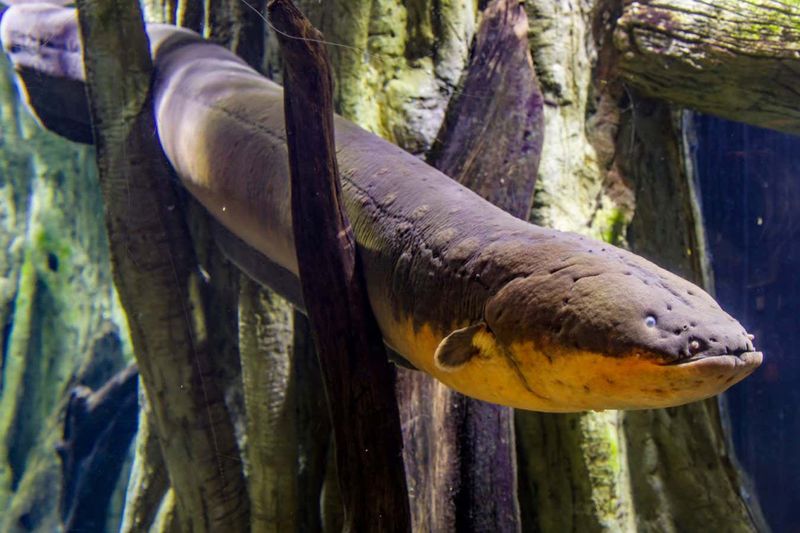
The electric eel is an extraordinary creature, capable of generating powerful electric shocks. Found in the slow-moving waters of the Amazon, this eel uses electricity to hunt and defend itself. It can produce up to 600 volts, enough to stun prey or deter predators.
Despite its name, the electric eel is more closely related to catfish than true eels. It breathes air and often surfaces to gulp oxygen. These unique adaptations make it a fascinating study for scientists.
The electric eel’s ability to manipulate electricity is one of nature’s remarkable feats, highlighting the diversity of Amazonian wildlife.
Sloth
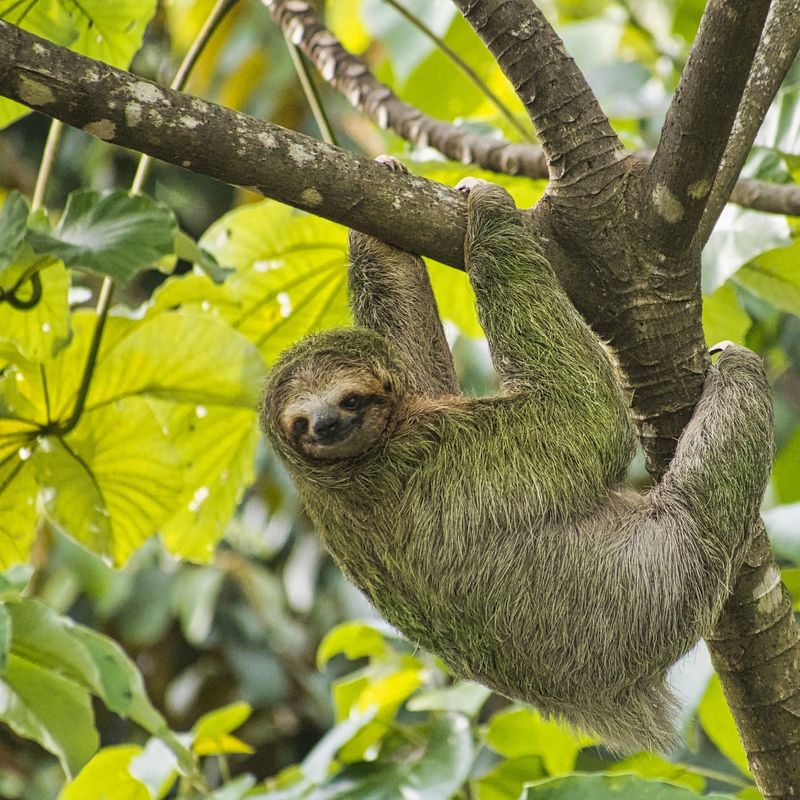
Sloths are quintessential symbols of the rainforest, known for their slow, deliberate movements and endearing faces. These animals spend most of their lives hanging upside down in the treetops, feeding on leaves, twigs, and fruit.
Their slow metabolism is perfectly adapted to their low-energy diet. Sloths are covered in a unique algae that grows on their fur, providing camouflage and even nutrients.
This symbiotic relationship exemplifies the interconnectedness of rainforest life. Observing a sloth in its natural habitat offers insight into the delicate balance of the ecosystem and the wonders of adaptation.
Hoatzin
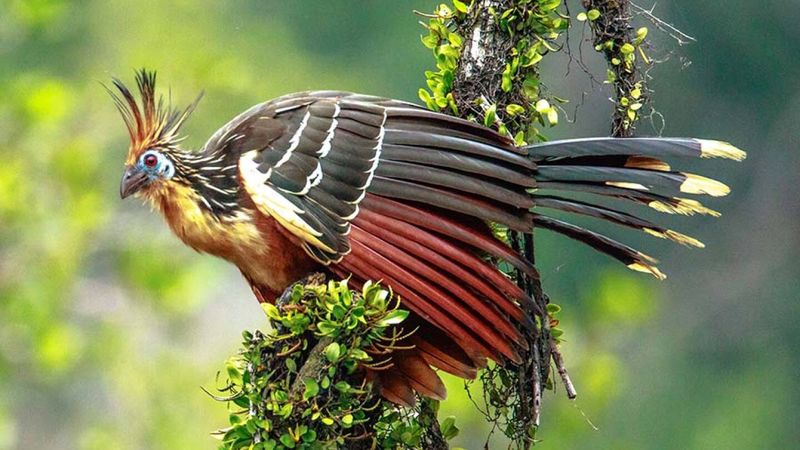
The hoatzin, often dubbed the ‘stinkbird’, is a peculiar resident of the Amazon. Known for its pungent smell and unique digestive system, this bird is a living example of evolutionary quirks. Unlike most birds, the hoatzin primarily feeds on leaves, which it ferments in its gut, similar to a cow.
Its young are equipped with claws on their wings, a throwback to prehistoric birds. This adaptation helps them climb back into the nest if they fall into the water.
Despite its unusual traits, the hoatzin is a vital part of the Amazon’s ecosystem, offering insight into the diverse evolutionary paths of rainforest inhabitants.
Macaw
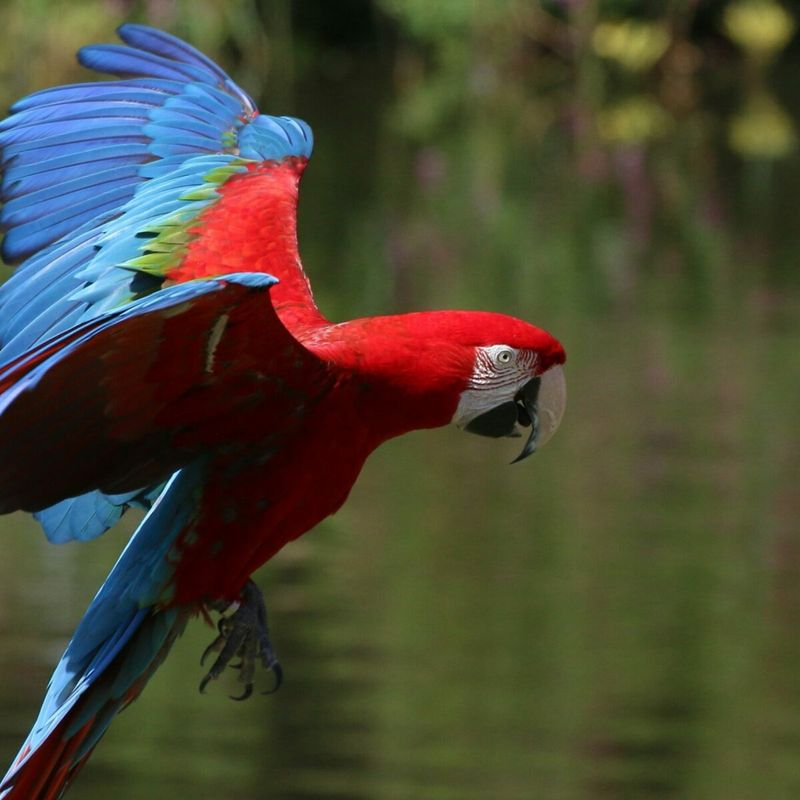
Macaws are among the most stunning and recognizable birds of the Amazon rainforest. Known for their vibrant plumage and strong, curved beaks, these intelligent birds are often seen flying in pairs or small groups.
They communicate through loud calls and have a rich vocabulary of sounds. Macaws primarily feed on seeds, nuts, and fruits, playing an essential role in seed dispersal.
Their strong beaks allow them to crack open hard shells with ease. Observing macaws in their natural habitat offers a glimpse into the complex social structure and beauty of these remarkable birds.
Tapir
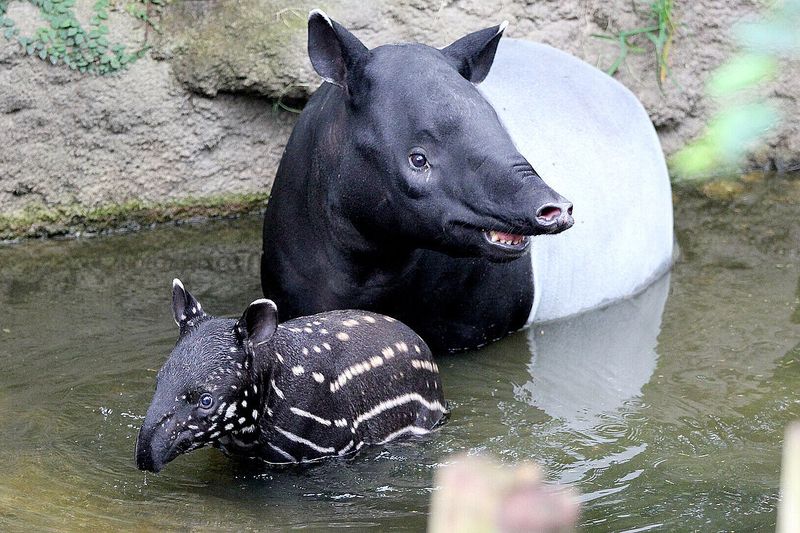
The tapir, with its prehensile snout and sturdy body, is a fascinating herbivore of the Amazon rainforest. Often compared to a pig with a trunk, tapirs are adept at navigating the dense underbrush in search of food.
They primarily feed on leaves, fruits, and berries, aiding in seed dispersal through their droppings. Tapirs are vital for maintaining the ecological balance in their habitat.
These shy creatures are mainly nocturnal and are known for their swimming skills, often taking to rivers to escape predators. Their presence is a sign of a healthy, thriving ecosystem.
Ocelot
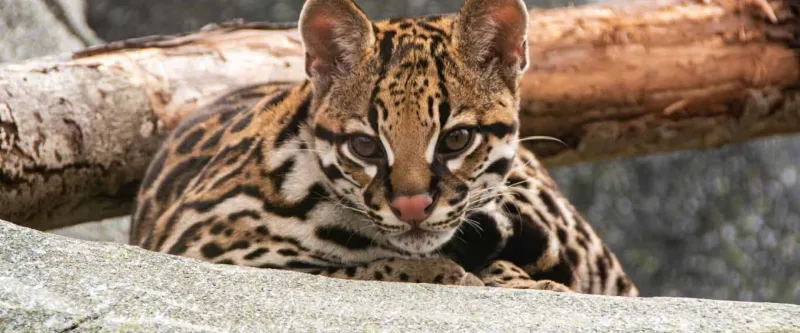
The ocelot, with its striking coat of spots and stripes, is a master of camouflage in the Amazon rainforest. These small cats are agile hunters, preying on rodents, birds, and even reptiles. Their keen senses and stealth make them adept at stalking their prey.
Ocelots are solitary creatures, marking their territory with scent and vocalizations. They are primarily nocturnal, often seen hunting under the cover of darkness.
The presence of ocelots in the rainforest is indicative of a rich and balanced ecosystem, as they help regulate the populations of their prey species.
Howler Monkey
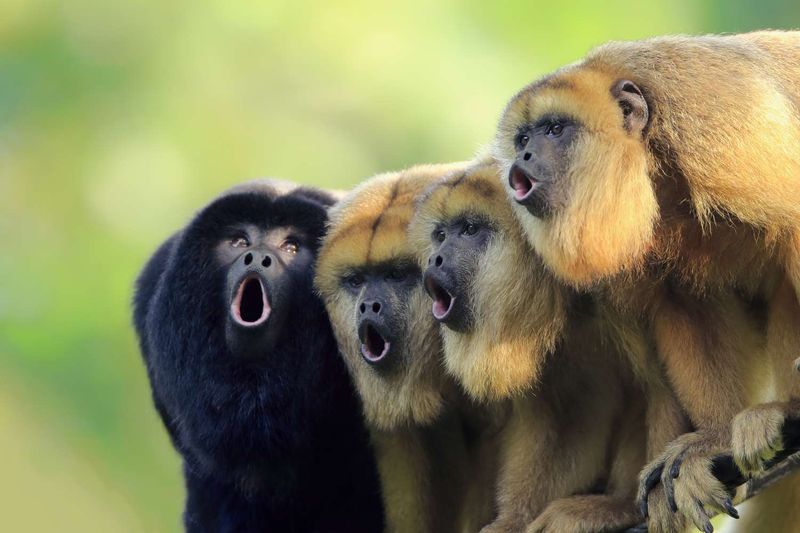
Howler monkeys are known for their loud, distinctive calls that can be heard echoing through the Amazon rainforest. These vocalizations serve to mark territory and communicate with other troop members. Howler monkeys are social creatures, living in groups high in the trees.
They primarily feed on leaves, fruits, and flowers. Their prehensile tails aid in navigating the canopy, allowing them to move gracefully from tree to tree.
Howler monkeys are essential for seed dispersal, contributing to the regeneration of the forest. Their calls are a signature sound of the Amazon, embodying the vibrant life of the jungle.
Caiman
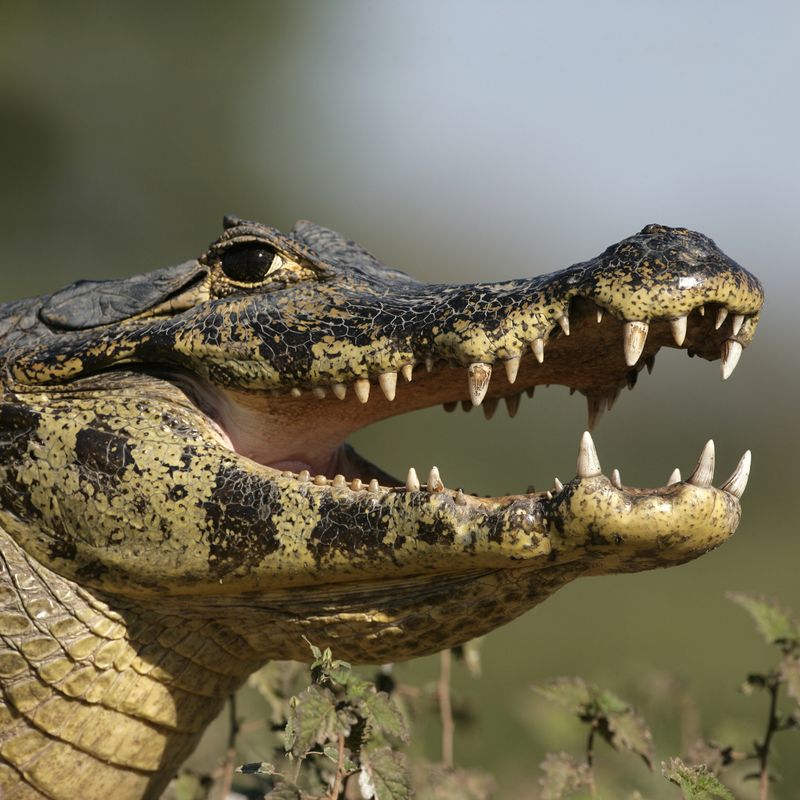
Caimans are formidable predators, resembling small alligators, and are commonly found in the rivers and swamps of the Amazon. These reptiles have a diverse diet, feeding on fish, birds, and small mammals.
They are excellent swimmers, using their powerful tails to navigate the water with ease. Caimans play a critical role in the aquatic ecosystem, controlling populations of various prey species.
They are also indicators of environmental health, and their presence suggests a stable ecosystem. Observing a caiman in the wild offers a glimpse into the ancient lineage of reptiles that inhabit the rainforest.
Toucan
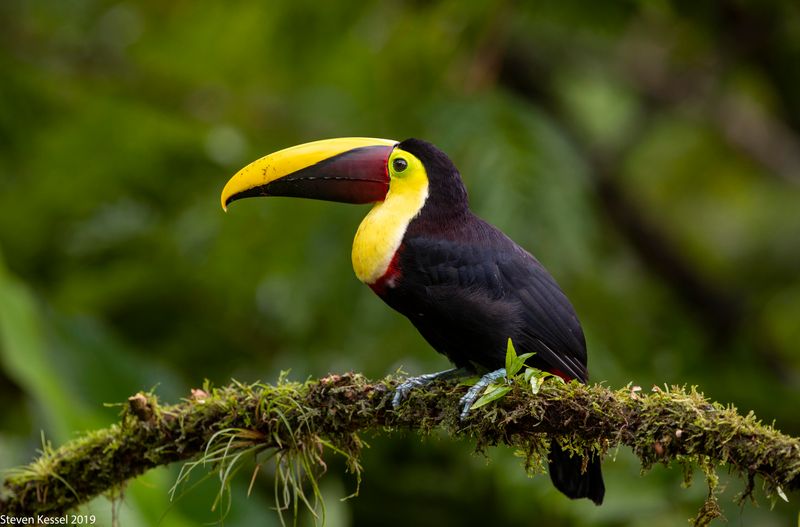
Toucans are among the most iconic birds of the Amazon, known for their large, vibrant bills and striking plumage. These social birds are often seen in small flocks, hopping from branch to branch in search of fruit.
Their bills are not only eye-catching but also serve a functional role in reaching fruit and deterring predators. Toucans aid in seed dispersal, contributing to the health and diversity of the rainforest.
Their playful antics and bright colors make them a delight to observe, embodying the lively spirit of the Amazon’s avian life.
Giant Otter
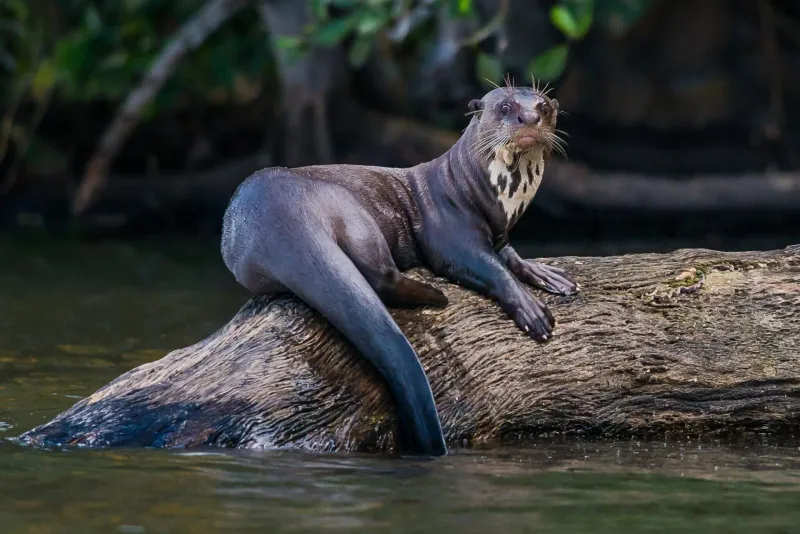
The giant otter is a social and playful creature, often seen in family groups along the Amazon’s waterways. These otters are skilled hunters, preying on fish and crustaceans with remarkable agility.
They communicate through a variety of vocalizations, coordinating their activities and maintaining group cohesion. Giant otters are keystone species, playing a crucial role in maintaining the balance of aquatic ecosystems.
Observing their interactions offers a fascinating glimpse into the complex social structures of Amazonian wildlife. Their playful nature and cooperative behavior are truly captivating, highlighting the diversity of life in the rainforest.
Pygmy Marmoset
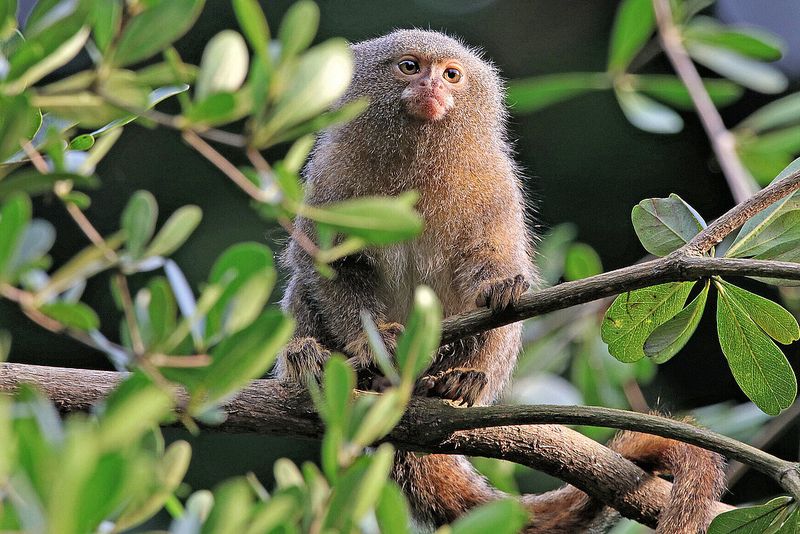
The pygmy marmoset is the smallest monkey in the world, found clinging to the trees of the Amazon rainforest. Weighing just around 100 grams, these tiny primates are adept at navigating the forest canopy.
They primarily feed on tree sap and insects, using their sharp teeth to gouge holes in bark. Pygmy marmosets live in social groups, often communicating through high-pitched calls.
Their diminutive size makes them vulnerable to predators, but their agility and social bonds help protect them. Observing these tiny creatures is a reminder of the intricate web of life that flourishes in the Amazon.
Red-Bellied Piranha
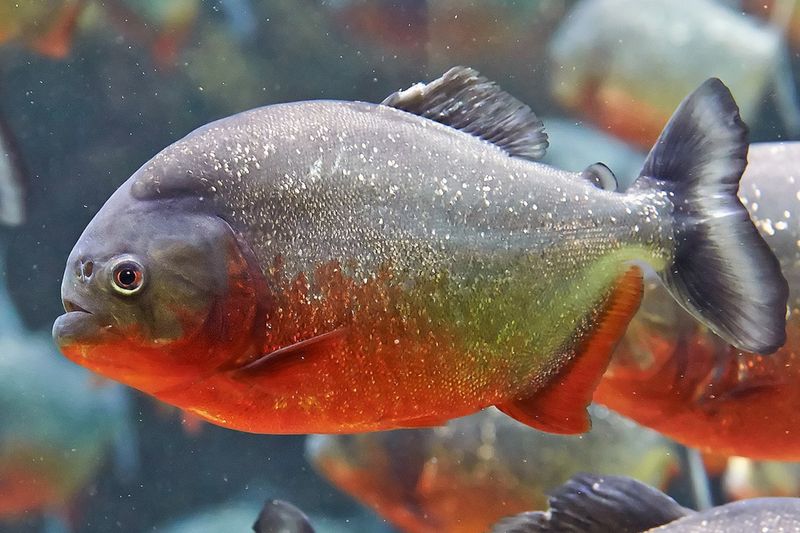
The red-bellied piranha is notorious for its sharp teeth and powerful bite, a true predator of the Amazon’s rivers. These fish are known for their feeding frenzies, although such events are less common than often portrayed.
Piranhas are scavengers as much as they are hunters, playing a vital role in the ecosystem by cleaning up dead and decaying matter.
Their social behavior is intriguing, often forming schools to hunt and protect themselves. The red-bellied piranha is a symbol of the river’s fierce and unrelenting life, embodying the rawness of the Amazon’s aquatic world.
Amazonian Manatee
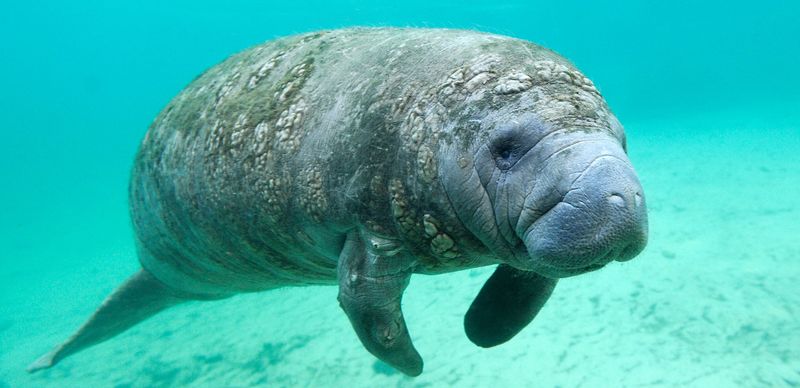
The Amazonian manatee, also known as the river cow, is a gentle giant of the Amazon’s waterways. These herbivorous mammals graze on aquatic plants, playing a crucial role in the riverine ecosystem by maintaining the health of aquatic vegetation.
Manatees are shy and elusive, often found in slow-moving rivers and lakes. Their peaceful nature and slow movements make them a symbol of the serene side of the Amazon.
Protecting these gentle creatures is vital for the health of the river, highlighting the importance of conservation efforts in preserving the rainforest’s diverse wildlife.
Spider Monkey
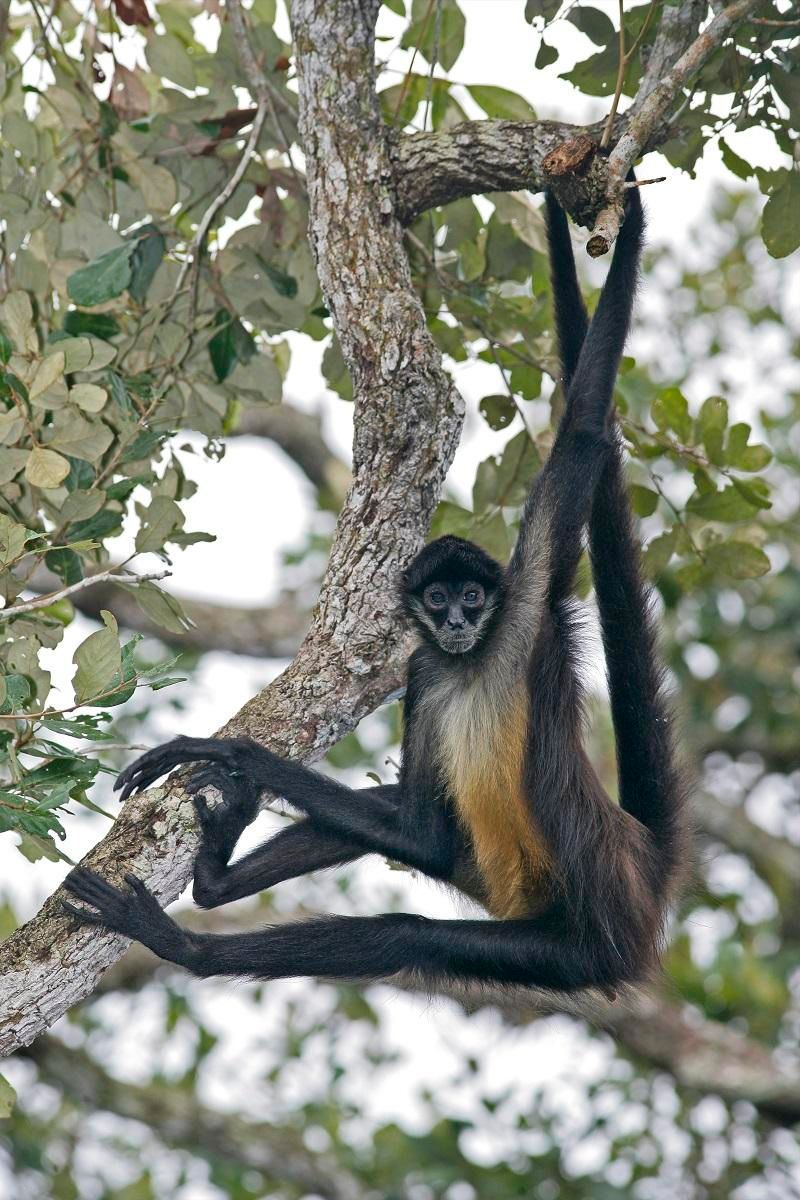
Spider monkeys are acrobatic and agile, expertly navigating the treetops of the Amazon rainforest. Their long limbs and prehensile tails allow them to swing gracefully from branch to branch in search of fruits and seeds.
These social primates live in large groups, using vocalizations and gestures to communicate. Their dietary habits make them key players in seed dispersal, aiding in the growth and diversity of the forest.
Spider monkeys’ playful nature and complex social dynamics offer a fascinating glimpse into the life of the Amazon’s canopy dwellers, showcasing the intricate balance of this vibrant ecosystem.
Amazonian Giant Centipede
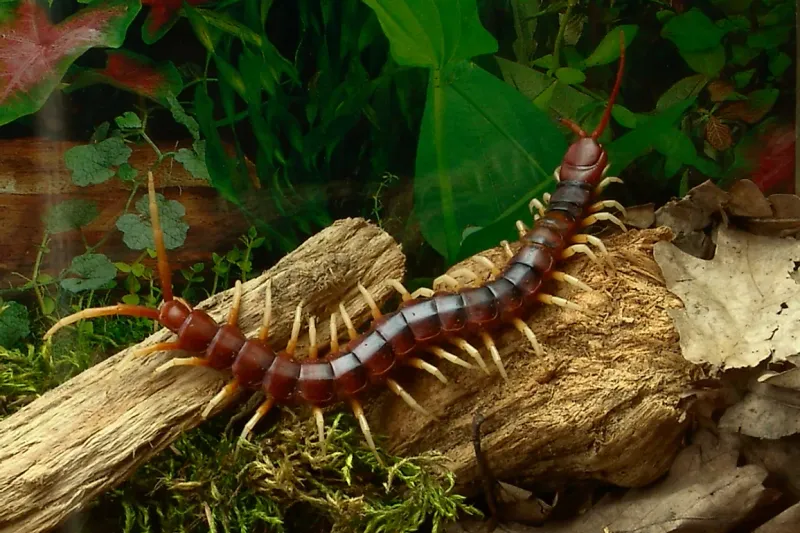
The Amazonian giant centipede is a fearsome predator of the rainforest floor, known for its size and speed. These arthropods can grow up to 12 inches long, preying on insects, spiders, and even small vertebrates.
They use venomous fangs to subdue their prey, showcasing the diverse and sometimes dangerous life of the Amazon. Despite their fearsome reputation, giant centipedes play a vital role in controlling insect populations.
Their presence is a reminder of the intricate and interconnected food chains that sustain the rainforest’s biodiversity, contributing to the complex ecosystem of the forest floor.
Blue Morpho Butterfly
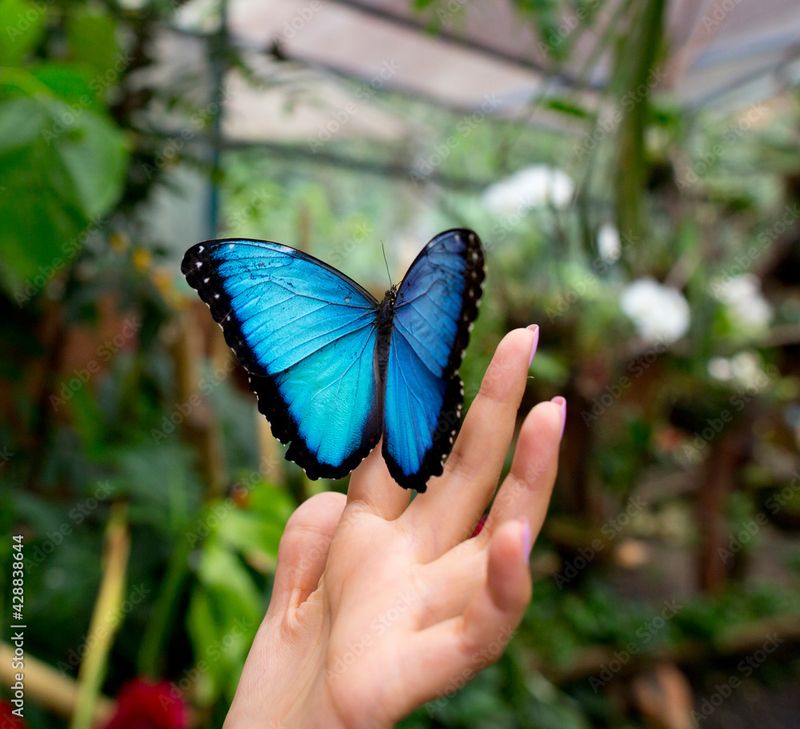
The blue morpho butterfly is one of the most enchanting sights in the Amazon. Known for their iridescent blue wings, these butterflies create a dazzling display as they flutter through the forest.
Their vivid coloration helps deter predators, confusing them with flashes of blue as they fly. Blue morphos are important pollinators, visiting flowers and aiding in the reproduction of various plant species.
Observing a blue morpho butterfly is a magical experience, capturing the ephemeral beauty and vibrant life of the rainforest. They are emblematic of the delicate balance and interconnectedness of Amazonian ecosystems.
Leafcutter Ant
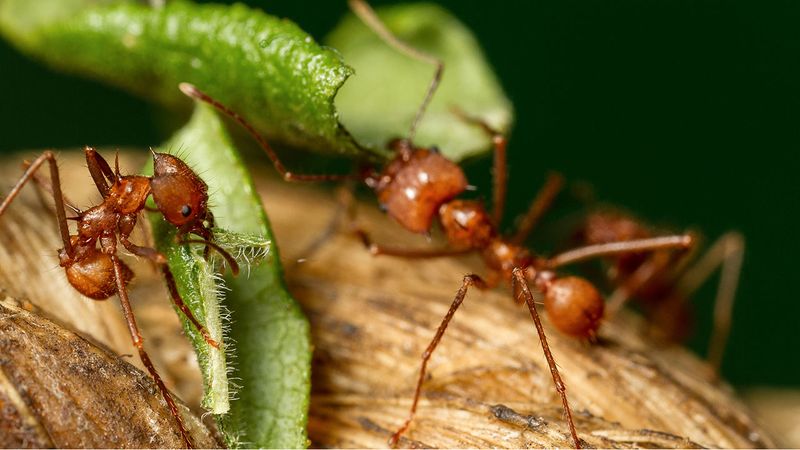
Leafcutter ants are remarkable for their highly organized social structure and industrious nature. These tiny architects of the Amazon are known for cutting and transporting pieces of leaves much larger than themselves to their underground colonies.
These ants don’t eat the leaves; instead, they use them to cultivate fungus, which is their primary food source. This practice showcases one of the most complex forms of insect farming known.
By aerating the soil and stimulating plant growth, leafcutter ants play a significant role in maintaining the rainforest’s health and biodiversity. Their industrious behavior is a fascinating spectacle in the Amazon ecosystem.
Bush Dog
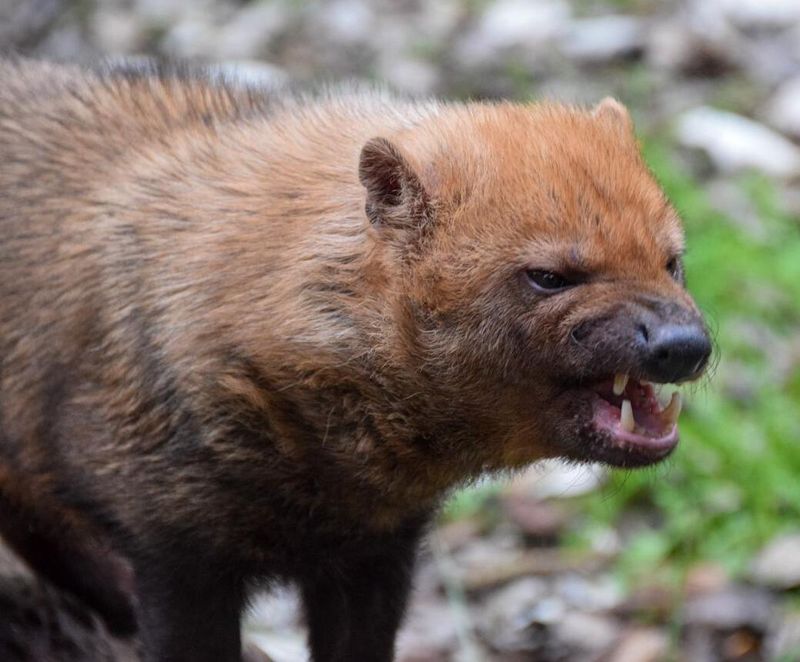
Bush Dog
Bush Dogs are elusive yet fascinating canids that roam the Amazon rainforest in small packs. With short legs and thick fur, they are well-suited to navigate the dense jungle.
These social animals are known for their teamwork when hunting, often targeting larger prey. Their playful nature is balanced by a keen intelligence, allowing them to thrive in the challenging rainforest environment.
Observing a pack of Bush Dogs at play near a riverbank is a rare but delightful experience for those lucky enough to witness it.
Jaguarundi
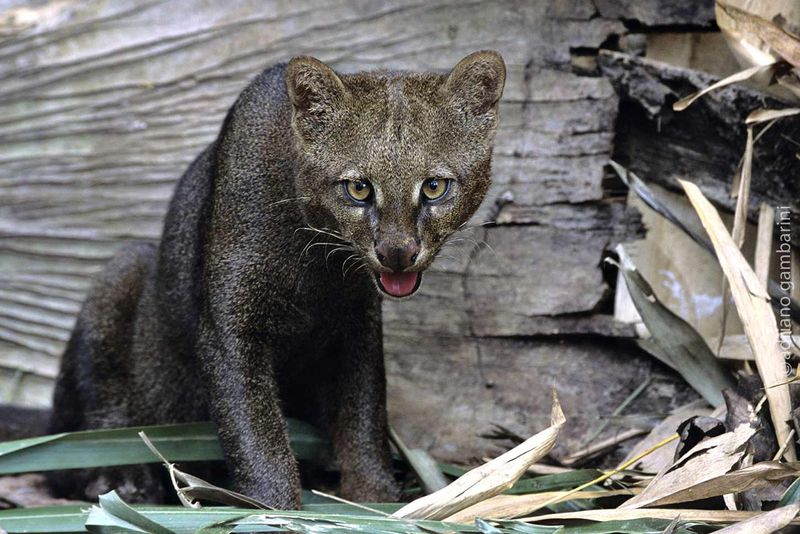
The jaguarundi is a small, elusive feline of the Amazon, known for its weasel-like appearance and stealthy nature. These cats are solitary hunters, preying on small mammals, birds, and reptiles.
Jaguarundis are highly adaptable, able to thrive in various environments, from dense forests to open savannas. Their presence in the Amazon is indicative of a rich and diverse ecosystem, where predators and prey coexist in a delicate balance.
These secretive cats are a reminder of the hidden wonders of the rainforest, showcasing the diversity of life that flourishes beneath the canopy.
Golden Lion Tamarin
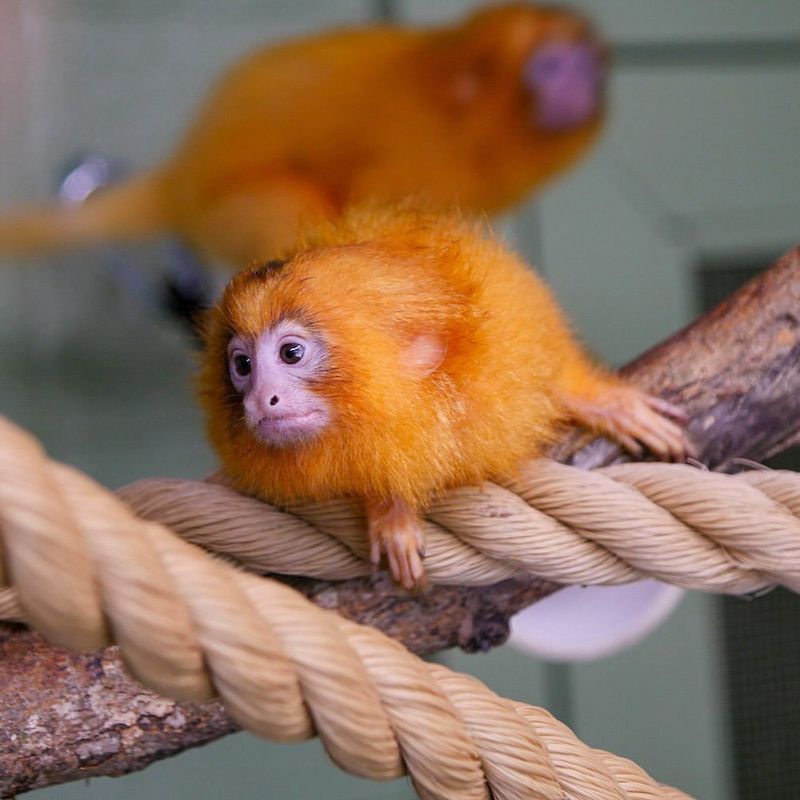
The golden lion tamarin is a strikingly beautiful primate, known for its lush golden mane and playful demeanor. These small monkeys live in family groups, often seen leaping between trees in search of fruits, flowers, and insects.
They are important seed dispersers, aiding in the regeneration of the rainforest. Golden lion tamarins are endangered, with conservation efforts focused on preserving their habitat and increasing their population.
Their presence is a testament to the diversity and resilience of Amazonian wildlife, highlighting the urgent need to protect these unique and charismatic creatures.
Giant Anteater
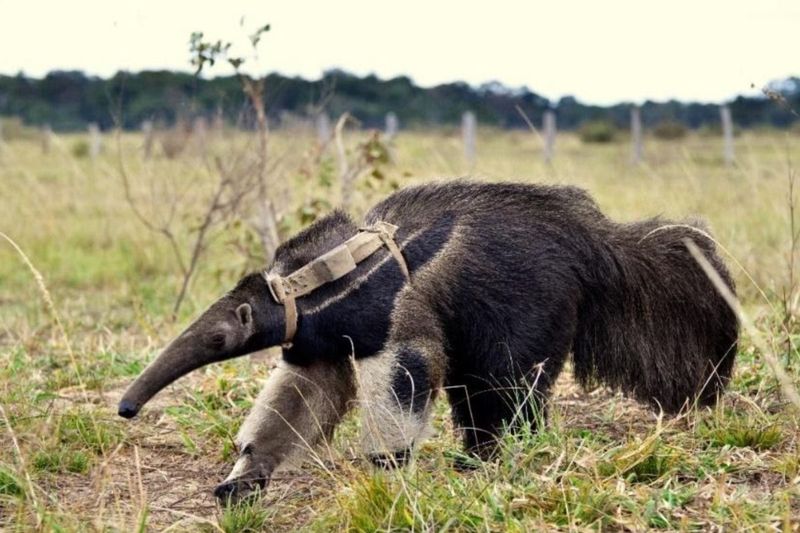
The giant anteater is an unmistakable presence in the Amazon, with its long snout and bushy tail. These unique mammals specialize in feeding on ants and termites, using their sharp claws to break into nests.
Their long, sticky tongues allow them to efficiently gather insects, consuming thousands in a single day. Giant anteaters play a crucial role in controlling insect populations, maintaining the balance of the ecosystem.
Observing one in the wild offers insight into the specialized adaptations that have evolved in response to the Amazon’s rich and challenging environment.
Amazonian Royal Flycatcher
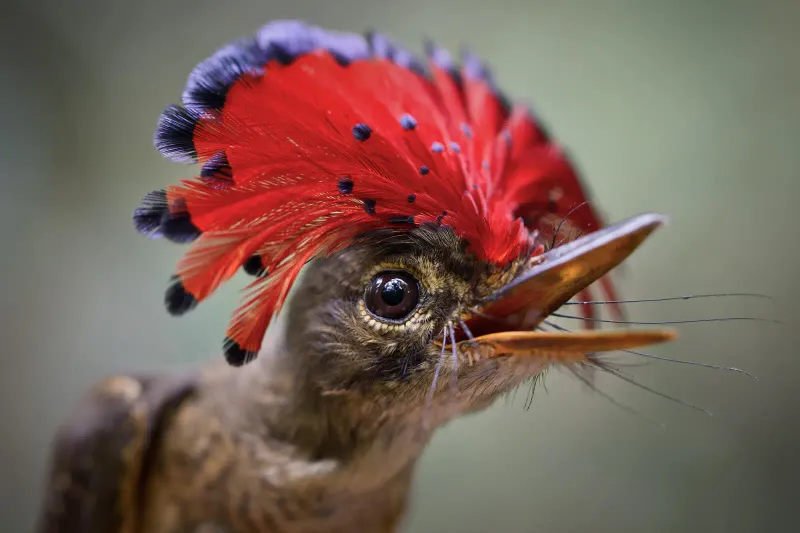
Amazonian Royal Flycatcher
With an extraordinary crown of colorful feathers, the Amazonian Royal Flycatcher is an eye-catching avian resident of the rainforest.
This crest, displayed during mating rituals, adds a splash of color to the verdant landscape, showcasing its beauty and attracting mates. Inhabitants of the dense forest, these birds are adept at catching insects mid-air, contributing to pest control within their habitat.
Their vibrant crests and agile flights make them a captivating sight in the Amazonian skies.
Glass Frog
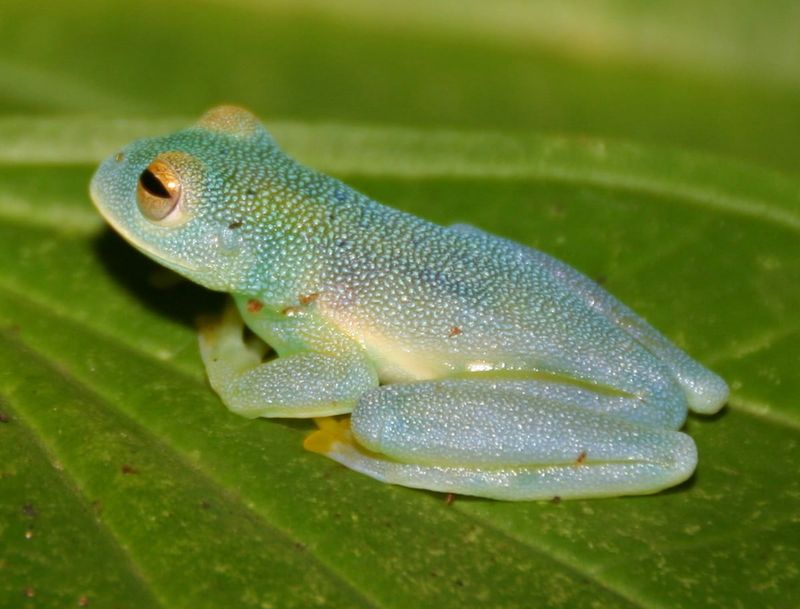
Glass Frog
Deep in the Amazon, the Glass Frog makes its home among the lush greenery. Its translucent skin offers a rare glimpse into its inner workings, making it a fascinating study for biologists.
These tiny frogs are often found perched on leaves, blending seamlessly into their environment. Their presence is a true testament to the incredible adaptability of Amazonian wildlife.
While they may be small, their unique appearance and role in the ecosystem make them a significant part of the rainforest’s biodiversity.
Potoo Bird
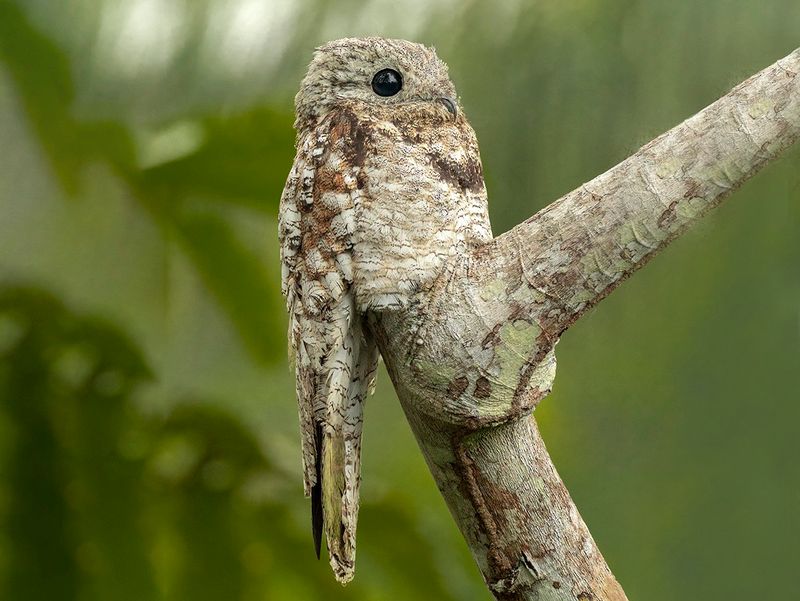
© Great Potoo – Nyctibius grandis – Birds of the World
Potoo Bird
The elusive Potoo Bird is a master of disguise in the Amazon Rainforest. This nocturnal creature is known for its uncanny ability to blend into tree branches, mimicking the appearance of bark.
Its wide eyes are perfectly adapted for night hunting, providing an advantage in catching insects.
Although not often seen during the day, the Potoo Bird’s haunting calls echo through the forest at night, adding an eerie element to the rainforest’s symphony. Despite its cryptic nature, it plays a crucial role in the ecosystem.

